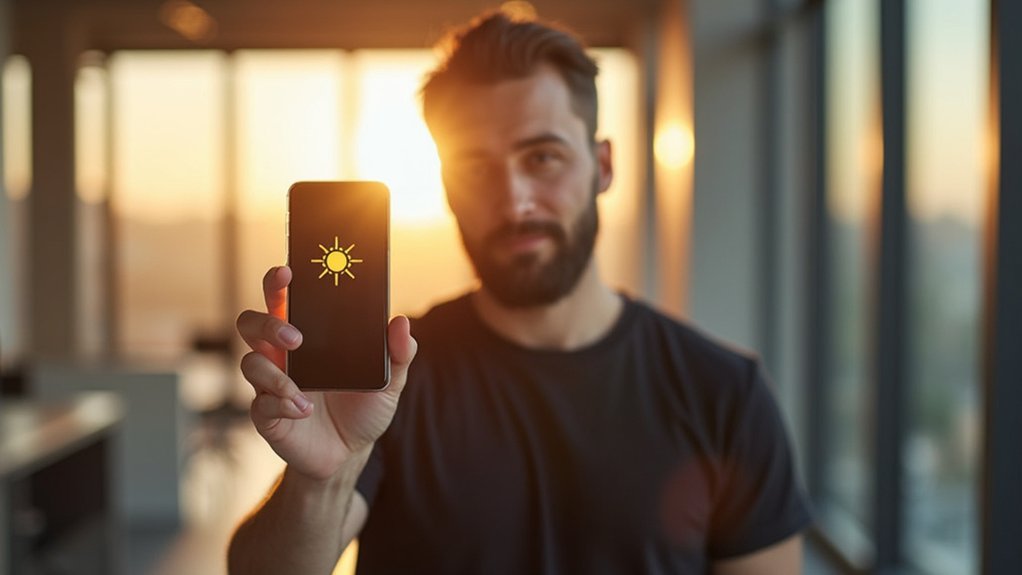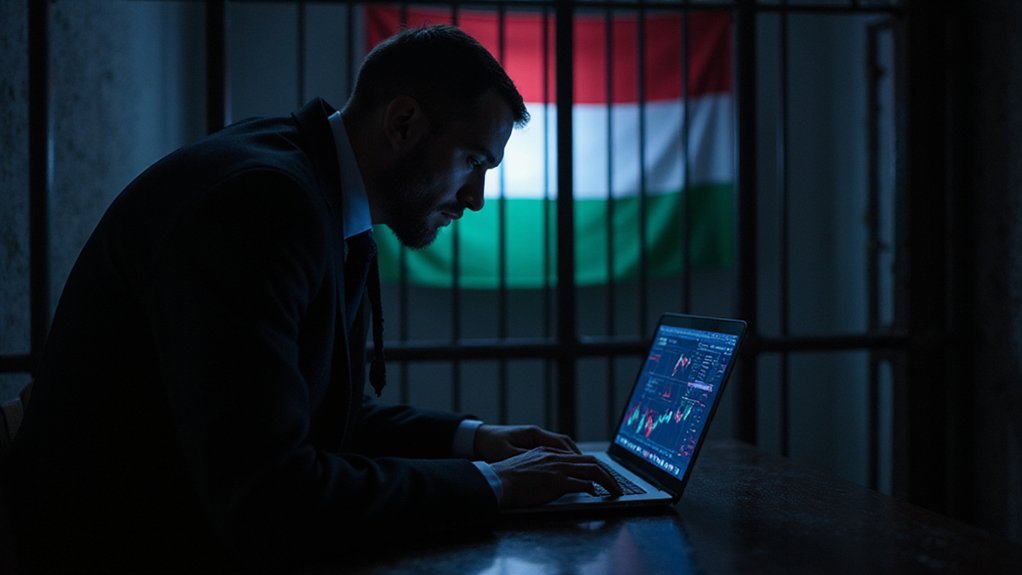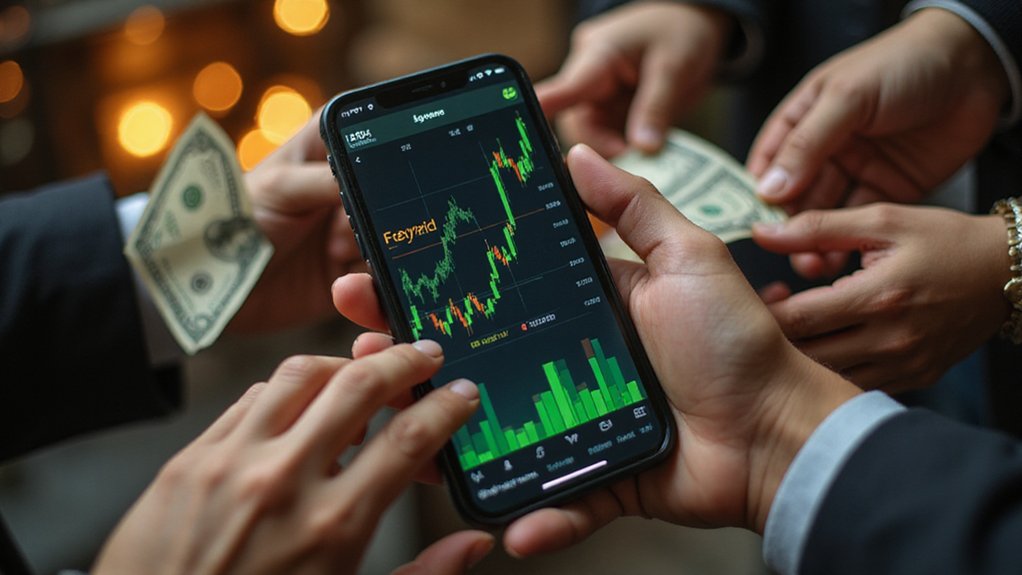While fitness trackers have long monitored steps and heart rates with the precision of a Swiss timekeeper, the Sun Day App ventures into relatively uncharted territory by quantifying something most people take for granted: their relationship with sunlight.
Jack Dorsey’s latest venture employs UV index data and location analytics to estimate ideal sun exposure duration, calculating vitamin D synthesis through what amounts to a sophisticated actuarial model for melanin. The app requires manual session tracking—a deliberate design choice that forces users into mindful engagement rather than passive monitoring. This approach transforms sun exposure from an unconscious activity into a tracked commodity, complete with personalized risk assessments based on age, skin tone, and clothing selections.
The integration with Apple Health data creates a thorough exposure portfolio, allowing users to optimize their vitamin D intake while maintaining conservative safety margins. Real-time UV monitoring provides sunrise, sunset, and cloud cover intelligence that could theoretically revolutionize outdoor activity scheduling. Whether users will actually restructure their days around algorithmic sunlight recommendations remains an open question—though the app’s emphasis on sunburn prevention suggests a pragmatic approach to behavioral modification.
What distinguishes this beta offering from typical wellness applications is its fusion of environmental monitoring with biometric personalization. The manual input requirement, while potentially error-prone, promotes active awareness of outdoor time allocation. Users might find themselves scheduling walks and outdoor meetings with the same strategic precision typically reserved for portfolio rebalancing.
The underlying technology, developed using Block’s AI assistant “Goose,” represents a novel intersection of artificial intelligence and environmental health tracking. Following the release of Bitchat, this marks another step in Dorsey’s recent app-building initiatives. Future iterations promise enhanced accuracy through height, weight, and seasonal adjustments, with potential integration of actual vitamin D blood test data—essentially creating a closed-loop optimization system for solar exposure. The app’s open-source nature, hosted on GitHub, enables community contributions that could accelerate feature development and improve accuracy across diverse user populations.
The broader implications extend beyond individual habit modification. This represents a new category of apps that quantify previously unmeasured lifestyle factors, potentially pioneering a market for environmental wellness tracking. Like how blockchain technology has revolutionized value transfer through immutable transaction records, the Sun Day App could transform how we approach environmental wellness data. Whether this transforms sun exposure into another metric to optimize or simply provides useful safety guardrails may depend on users’ existing relationship with quantified self-improvement—and their tolerance for algorithmic lifestyle management.









